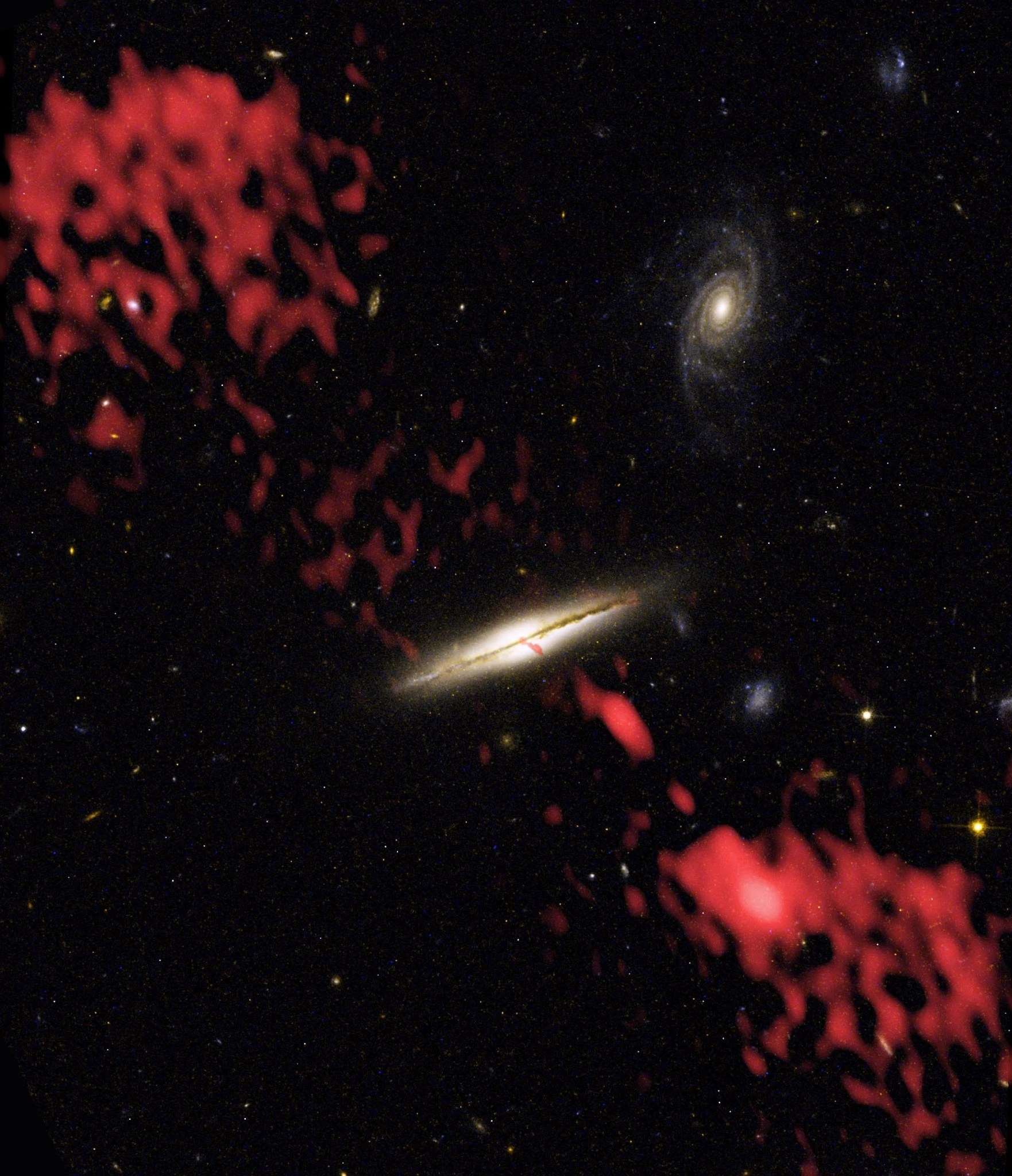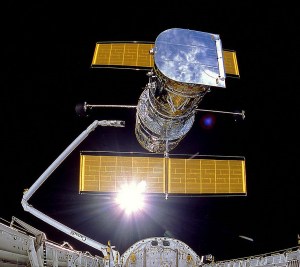Giant jets of subatomic particles moving at nearly the speed of light have been found coming from thousands of galaxies across the universe, but always from elliptical galaxies or galaxies in the process of merging - until now. Using the combined power of the Hubble Space Telescope and other telescopes, astronomers have discovered a huge jet coming from a spiral galaxy similar to our own Milky Way.
Astronomers believe such jets originate at the cores of galaxies, where supermassive black holes provide the tremendous gravitational energy to accelerate particles to nearly the speed of light. Both elliptical and spiral galaxies are believed to harbor supermassive black holes at their cores.
The discovery that the jet was coming from a spiral galaxy dubbed 0313-192 required using a combination of radio, optical and infrared observations to examine the galaxy and its surroundings. Nearly a billion light-years from Earth, 0313-192 proved an elusive target, however. Subsequent observations support the idea that the galaxy might be a spiral but still were inconclusive.
Image Credit: NASA, NRAO/AUI/NSF and W. Keel (University of Alabama, Tuscaloosa)



































